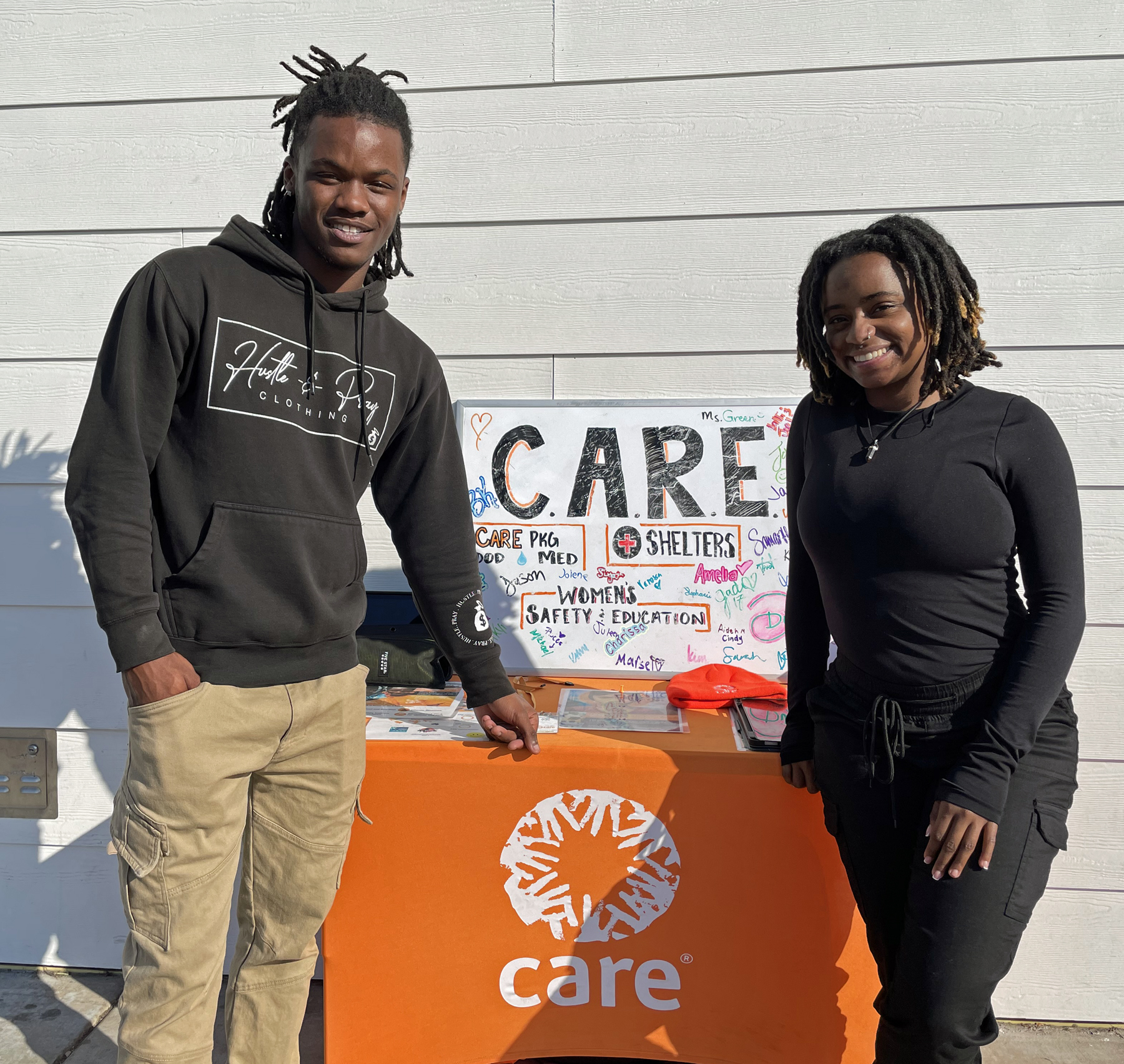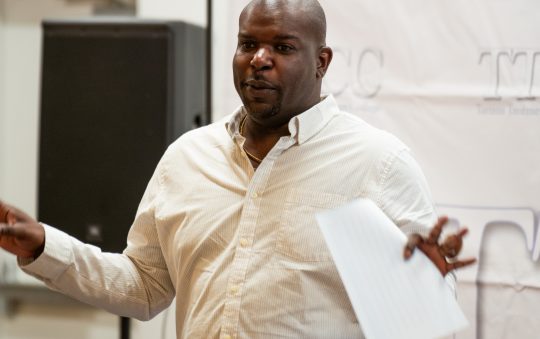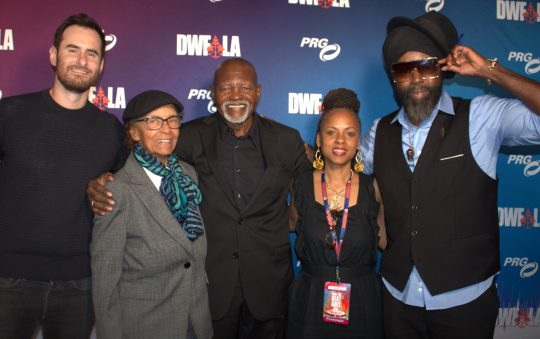
DJ Jacobs is a fundraiser for CARE and is often signing up contributors to the nonprofit in front of a Trader Joe’s. Although she does not live near one a location of the popular grocery chain, she takes advantage of being stationed at various stores across Los Angeles and does her shopping while there.
“I live in South Central,” says Jacobs. “I shop at Trader Joe’s pretty normally because for our work … we come in contact with them pretty frequently.”
“I think Trader Joe’s is pretty amazing. It’s definitely not very expensive and a lot of the stuff you can use even if you don’t have a full-size kitchen. They give you a lot of ready-prepared meals and stuff like that, and also things that you wouldn’t find at other grocery stores that are a lot more healthier options.”
Jerijah Freeman is Jacobs’ co-worker and lives in Leimert Park. He goes to Trader Joe’s “once in a while” for snack items and thinks that a location in his neighborhood would be beneficial to the community.
Related Stories
ADHD – What is it? What can we do about it?
Displaced Black Families GoFund Me Directory
“We’re in a day and age when people are starting to appreciate the quality of food a lot more,” says Freeman. “By my house there’s a Ralphs and a Food4Less. It’s still food, it’s inexpensive, not so much quality.”

With South Los Angeles undergoing major changes in commercial zones and preparing for the 2028 Olympics, it seems that bringing an upscale but inexpensive assortment of retailers would be in the works. However, local commercial real estate professionals have seen the community passed over by potential merchants, time and time again, due to outdated census data and cultural bias.
“If you [look at] a city like Inglewood … we’ve been trying to get a Trader Joe’s or a Sprouts for almost a decade now,” says Odest Riley, Jr., a partner in SoCal Premier Property Management. “Inglewood’s about 110,000 people. We have some people with high income, some people with low income. Trader Joe’s is looking for around $85,000 a year income. Inglewood’s average is around $70,000, but that’s only a small portion of the population. I think 15% of the population … is under the poverty rate and that also pushes against what they’re looking for.”
“A lot of their data is outdated,” adds James Daughrity, also a partner in SoCal PPM. “If you look at the data for Inglewood right now, you basically have [data from] six or seven years ago, and we all know that the city of Inglewood has drastically changed in the last five or six years.
“They’re going to look for upward mobility, they’re going to look for a higher education [level], people who are going to look for healthier options,” says Daughrity. “But you’ve also got to remember, if you make $70,000 … in a neighborhood like Culver City, dual income, no kids, and they make $70,000, and you have a household of five people that make $70,000, it’s a different amount of income that can be put towards different things.”

The perception of South Los Angeles as an area of high shrink for retailers also has been a factor.
“They’ll say, ‘This community has high shrink,’ but most communities have high shrink,” notes Riley. “There was an article about Walgreen’s. The CEO realizes they need to take some of the security measures off the shelves because people just don’t buy … when you have to find somebody to [help you] buy your deodorant.”
Cultural bias is also a factor.
“It’s like when Magic Johnson brought Starbucks – “Oh, do Black people drink coffee?” says Riley. “Of course, Black people drink coffee, it’s just that we don’t have coffee shops to go to.”
Alicia Bramble, who brings her expertise in asset management, property management, and affordable housing to SoCal PPM, works mainly in the Inglewood and South L.A. area but lives in the Inland Empire. She says that retailers there cater to the largely Asian population.
“I live in an area called Diamond Bar,” says Bramble. “The city thrives because the retailers we have out here are targeted to that particular population. I can go to the grocery store and buy bok choy for my salads. Retailers go to where they know they’re going to find particular demographics, and even now, those demographics are changing as time goes on and the information becomes updated.
Bramble says that Inland Empire retailers cater to the Black community.
“Our running joke in the office is that I live in Timbuktu, but I have everything here,” she says. “So, the retailers have definitely adjusted here as well.”
Riley says that opening store locations in more diverse areas has to do with “leverage.”
“They do bring things out there … because that community demands that they have those things. Jewish communities, LGBTQ communities, certain Asian communities – they are very centric to [saying], “We’re going to create our area and you need to bring those things for us,” whereas the Latino and African American communities…have been more the people who’ve shown over time that “We are the people who will come to you, if you build it.”







